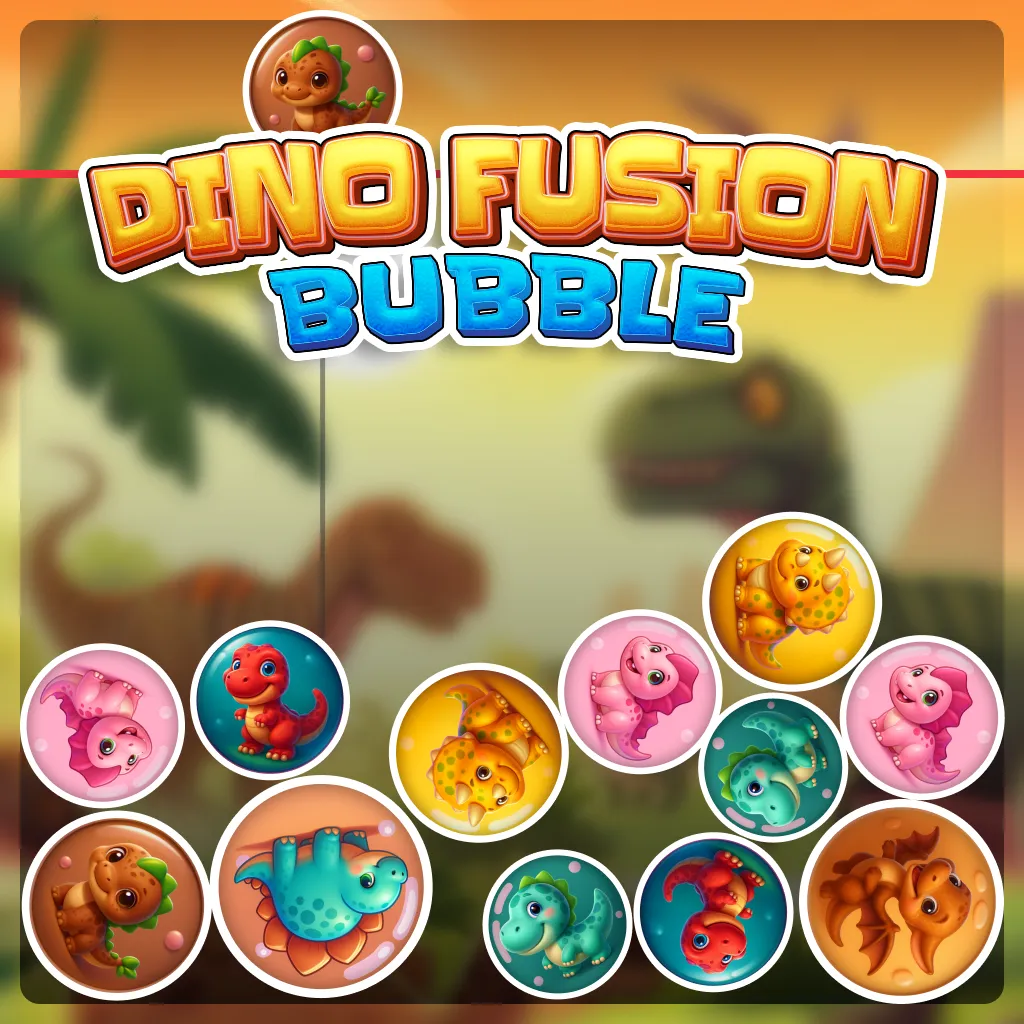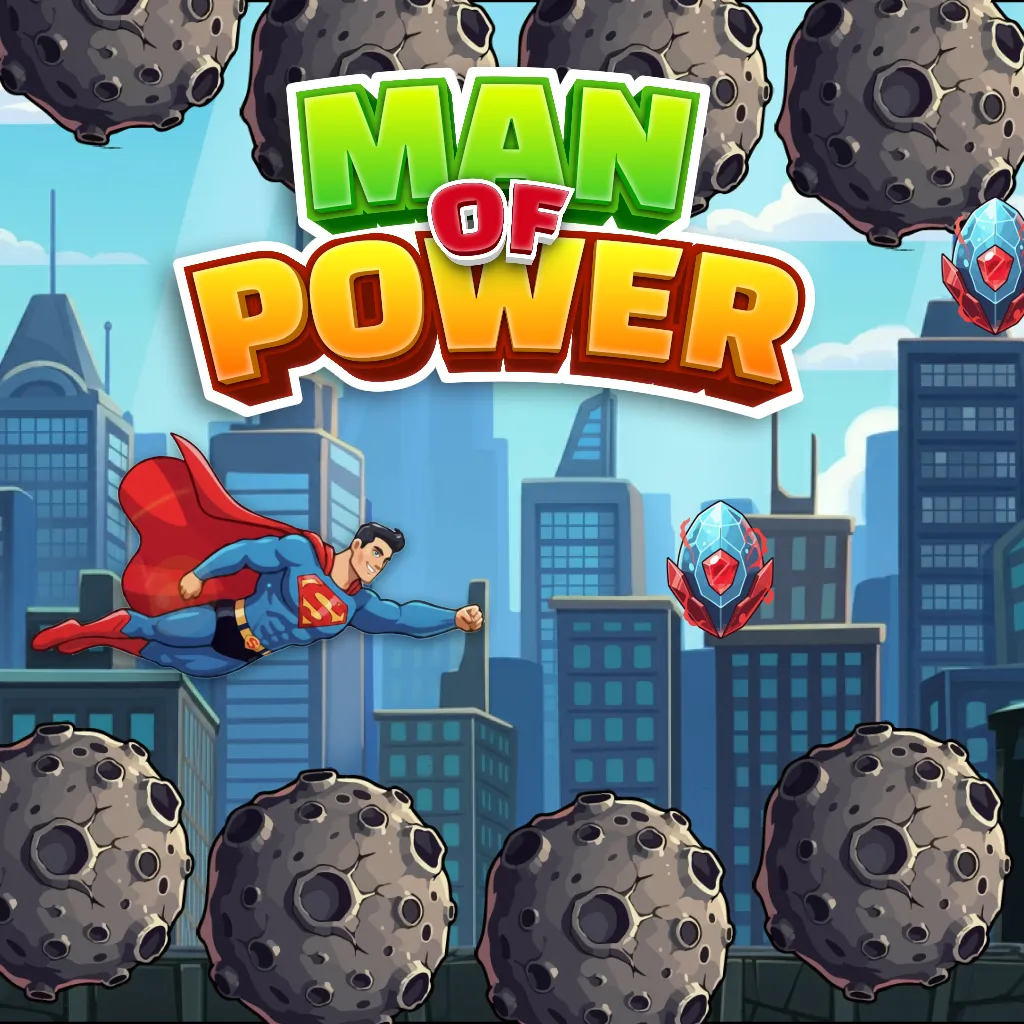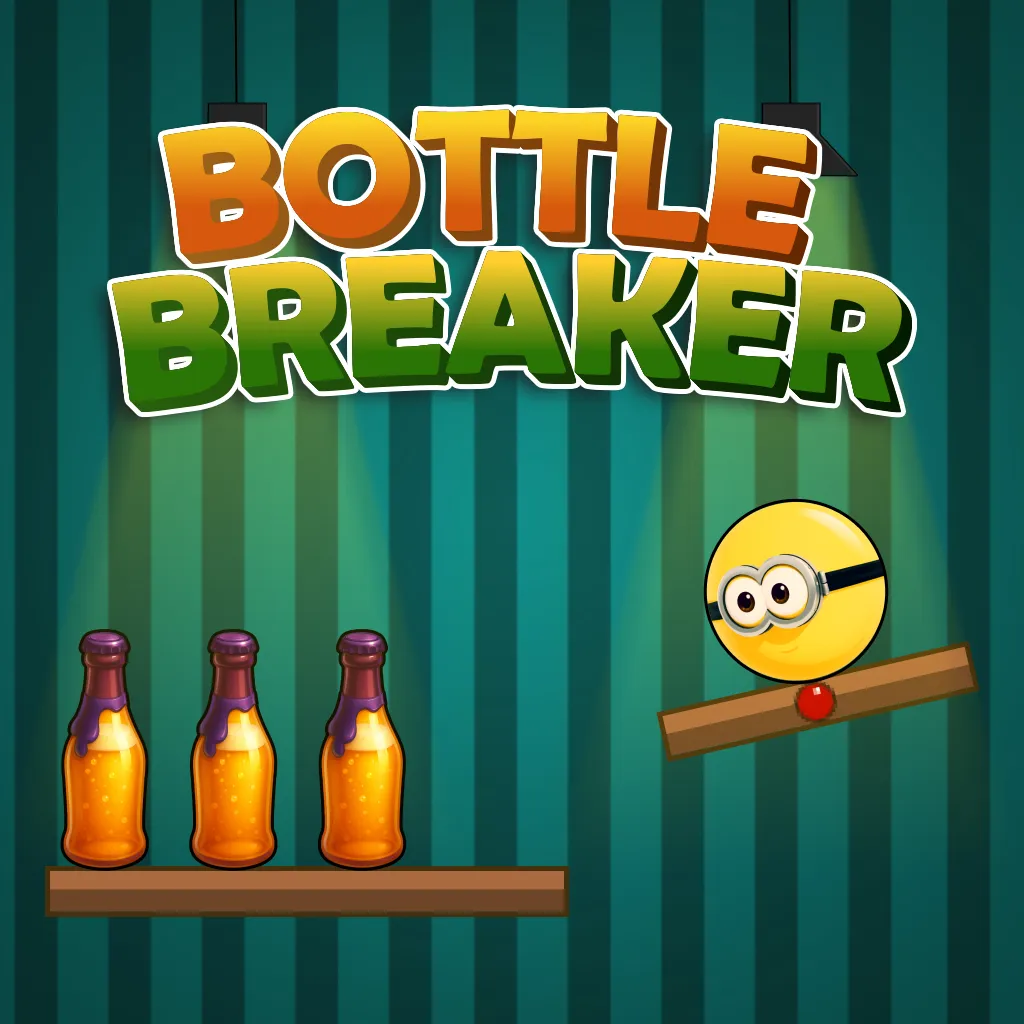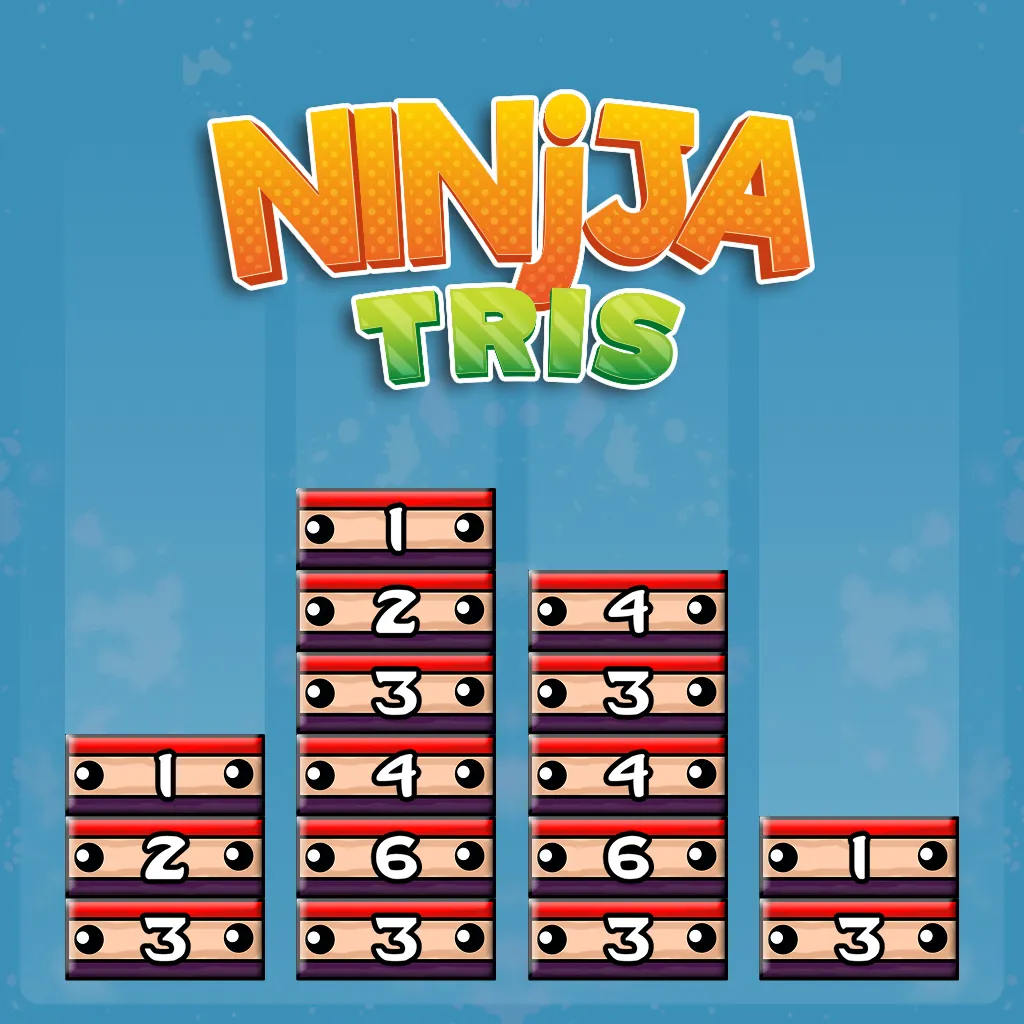Telegram mini-games are web-based games that can be played directly within the Telegram app without any downloads. They are embedded in chat interactions, making them accessible and shareable. These mini-games are popular because they leverage Telegram’s messaging ecosystem for quick, casual gameplay and social interactions. Developers can create engaging experiences that users can easily play and share with friends in groups or chats.
Technologies Behind Telegram Mini Games
Standard web technologies like HTML5, CSS, and JavaScript power telegram mini-games. The games run on Telegram’s built-in browser, which ensures smooth gameplay within the app. To connect the game with Telegram’s ecosystem, developers use the Telegram Game Bot API, which provides interaction features such as:
- In-game notifications (when a player reaches a high score).
- Score tracking and leaderboards.
- Multiplayer modes by connecting users through chats or groups.
Additionally, Web3 elements such as NFTs and tokens can be integrated using blockchain technologies like Web3.js and thirdweb, making it possible to add digital ownership and decentralized rewards to games.
Conceptualizing Telegram Mini-Games
The conceptualization stage is crucial because it sets the foundation for the game. Developers start by defining the target audience and brainstorming ideas that work well on Telegram’s platform, focusing on lightweight, engaging mechanics. Key considerations include:
- Game simplicity: Mini-games should be easy to understand, quick to play, and mobile-friendly.
- Genres: Popular genres for Telegram mini-games include trivia, puzzles, card games, and turn-based multiplayer games.
- Multiplayer and social interactions: Since Telegram’s strength lies in group messaging, developers can explore game mechanics that encourage users to compete or collaborate with friends in real-time. The goal is to create a game that fits naturally within a messaging app and delivers fun, interactive experiences in short play sessions.
Choosing the right tools to develop Telegram Mini Games
When developing Telegram mini-games, selecting the right tools is crucial to ensure efficiency and optimal performance. The core technologies used are HTML5, CSS, and JavaScript, specifically chosen for their compatibility and performance on diverse devices, including those within the Telegram app environment.
Here’s how each technology plays a role in the development process:
HTML5
This is the backbone of the game’s structure. HTML5 provides a robust framework for building interactive and multimedia-rich applications directly in the browser, essential for games that must run seamlessly within Telegram’s web view. It supports multimedia elements like audio and video, vital for creating immersive game experiences.
CSS
Used for styling, CSS ensures that the game looks consistent and runs smoothly across different devices. It helps in creating visually appealing games with less load time by controlling layouts, colors, and fonts which are crucial for user engagement and retention.
JavaScript
This programming language is used for scripting game logic. JavaScript interacts with HTML5 elements to bring the game to life, handling everything from character movements to game physics and real-time updates. It is pivotal for creating interactive elements that respond to user inputs, such as clicks and swipes, which are integral to gameplay.
Additionally, developers often leverage game development frameworks to expedite and simplify the coding process. One such popular framework is Phaser.js, which is particularly beneficial for Telegram mini-games due to its comprehensive features:
Built-in Physics: Phaser.js has built-in support for advanced physics systems, which can handle everything from simple gravitational effects to complex rigid body collisions, making it easier to develop games requiring dynamic interactions.
Animation and Input Systems: Phaser.js simplifies the animation process with robust tools that support sprite sheet animations, tweening, and frame manipulation. Its input system is highly intuitive, allowing developers to easily manage user interactions such as taps, clicks, and multi-touch gestures.
Cross-platform Support: Phaser.js ensures that games developed with it can run on multiple platforms including iOS, Android, and desktop browsers. This is essential for Telegram games, which need to operate seamlessly across various devices and operating systems.
Using these technologies and tools, developers can create lightweight, fast-performing Telegram mini-games that provide engaging user experiences. The chosen tools not only ensure broad compatibility across many devices but also enhance the development process, allowing for the creation of sophisticated games within the streamlined environment of a messaging app.
Step-by-Step Guide to Developing a Telegram Mini Game
1. Set up a Bot
- Start by creating a bot via BotFather, Telegram’s official bot creation tool. This bot will act as the bridge between your game and Telegram’s API.
- Obtain the API token needed for interacting with the Game Bot API.
2. Build the Game
- Use HTML5 and JavaScript to develop the game’s interface and core mechanics. The game should be simple yet engaging, focusing on features like player movement, scoring, and interactions.
3. Integrate with Telegram API
The Telegram Game Bot API allows your game to communicate with Telegram’s ecosystem.
This includes:
- Sending and receiving in-game data such as scores and game states.
- Handling multiplayer interactions (e.g., player turns or real-time updates).
- Displaying leaderboards and sending notifications.
4. Add Web3 Elements
- Optionally, integrate Web3 technologies for decentralized features. Use the thirdweb SDK to deploy NFT-based rewards or blockchain-based token systems. These elements add a unique dimension to the game, allowing users to own and trade digital assets.
5. Test and Launch
- Thoroughly test the game on various devices to ensure it runs smoothly. Pay particular attention to performance on mobile networks. After testing, launch the game by sharing it in Telegram groups or channels.
6. Promoting the Game
- Leverage Telegram’s social features, like channels and groups, to promote the game. Invite users to play and share their scores with others, and create challenges or competitions to boost engagement.
Game Design and Prototyping
The game design and prototyping stage is critical in developing Telegram mini-games, as it sets the groundwork for how the game looks, feels, and operates. This phase is divided into two major components: designing the game’s user interface (UI) and its core mechanics, followed by creating a prototype to test these elements.
Game Design
- UI Mockups: The process begins with UI mockups, which are detailed visual representations of the game’s interface. These mockups are crucial for visualizing how the game will appear on mobile devices, where screen real estate is limited. Designers use tools like Adobe XD, Sketch, or Figma to create these mockups, ensuring that the UI is not only aesthetically pleasing but also user-friendly and adapted to various screen sizes and orientations.
- Core Mechanics: Simultaneously, the game’s core mechanics are defined. This includes:
- Player Movement: How players control their characters or elements within the game, which could involve tapping, swiping, or using virtual joysticks.
- Scoring Systems: The rules for how players earn points, which could be through collecting items, defeating enemies, or achieving objectives.
- Interactions: This covers how players interact with the game environment, other players, or AI-controlled bots. For multiplayer games, this might include mechanisms for player versus player ( (PvP) engagements or cooperative gameplay.
Prototyping
Once the design is in place, the next step is prototyping. This is where a basic, working version of the game is built to test and iterate on the gameplay concepts. Prototyping serves multiple purposes:
- Functionality Testing: It allows developers to see if the core game mechanics work as intended. For example, ensuring that player controls are responsive and that the scoring system aligns with the game’s objectives.
- Gameplay Refinement: Prototyping helps identify any flaws or improvements in the gameplay before moving on to full development. This is crucial for tweaking game dynamics and making sure that the game is engaging and balanced.
- Visual and Interaction Feedback: Even without final graphics, a prototype allows for testing user interactions and gathering early feedback on the game’s visual and functional aspects.
Example of Prototyping in Action:
- For a multiplayer game, the initial prototype might include basic gameplay loops where multiple players can interact with each other using simplified graphics. This could involve simple shapes or placeholders representing players, with the primary focus on testing the interaction mechanics and multiplayer connectivity.
- For a puzzle game, the prototype would focus on the mechanics of puzzle-solving, such as moving pieces and detecting when a puzzle is completed. The aesthetics might be minimal, but the functionality must be fully testable to assess the game’s potential for fun and challenge.
Iterative Development
After prototyping, game development becomes an iterative process. Based on the feedback gathered from testing the prototype, the game designers and developers make adjustments to improve both the mechanics and the interface. This iterative cycle continues until the game meets all predetermined criteria for functionality, user engagement, and aesthetic quality, ensuring a robust final product ready for launch.
Web3 Integration in Telegram Mini Games
Web3 brings blockchain technology into mini-games, enabling features like:
- NFT-based rewards: Players can earn or buy NFTs, which can be traded or owned within the game.
- Decentralized tokens: In-game currencies or assets that players can own on the blockchain. These tokens can be transferred, sold, or traded. Using tools like thirdweb, developers can easily deploy smart contracts to manage these digital assets, adding an extra layer of engagement for players interested in blockchain technology.
Testing and Gathering User Feedback
Testing ensures the game performs well across different devices, network conditions, and user scenarios. This phase includes:
• Beta Testing: Releasing the game to a small group of users to identify bugs and issues.
• Feedback Collection: Gathering feedback on gameplay, controls, and overall user experience. This helps developers make adjustments before the official release.
Performance Optimization
Optimizing the performance game is crucial since mini-games run within Telegram’s web browser. Developers should focus on:
- Compressing assets: Ensuring that images, animations, and audio files are optimized to minimize load times and data consumption.
- Minimizing code: Refine JavaScript code to improve performance, particularly for users on slower networks or older devices.
- Smooth gameplay: Ensuring the game is responsive and runs without lag, regardless of the player’s device or internet connection.
Launching the Game and Engaging Users
Once the game is complete, launch it by embedding it within Telegram chats, channels, or groups.
Features that boost engagement include:
- Leaderboards: Players can compete with their friends and track high scores.
- In-game rewards: Offer incentives like in-game currency or special items to keep players motivated.
- Notifications: Regular updates reminding players to return to the game for new challenges, levels, or events.
Post-Launch Updates and Support
After the game’s release, developers need to maintain player interest by:
- Releasing new content: Adding new levels, features, or challenges to keep the game fresh.
- Fixing bugs: Addressing any issues reported by players.
- Monitoring feedback: Continuously gathering user feedback to improve the game and address any areas for improvement.
Why choose Capermint for Telegram Mini Game Development?
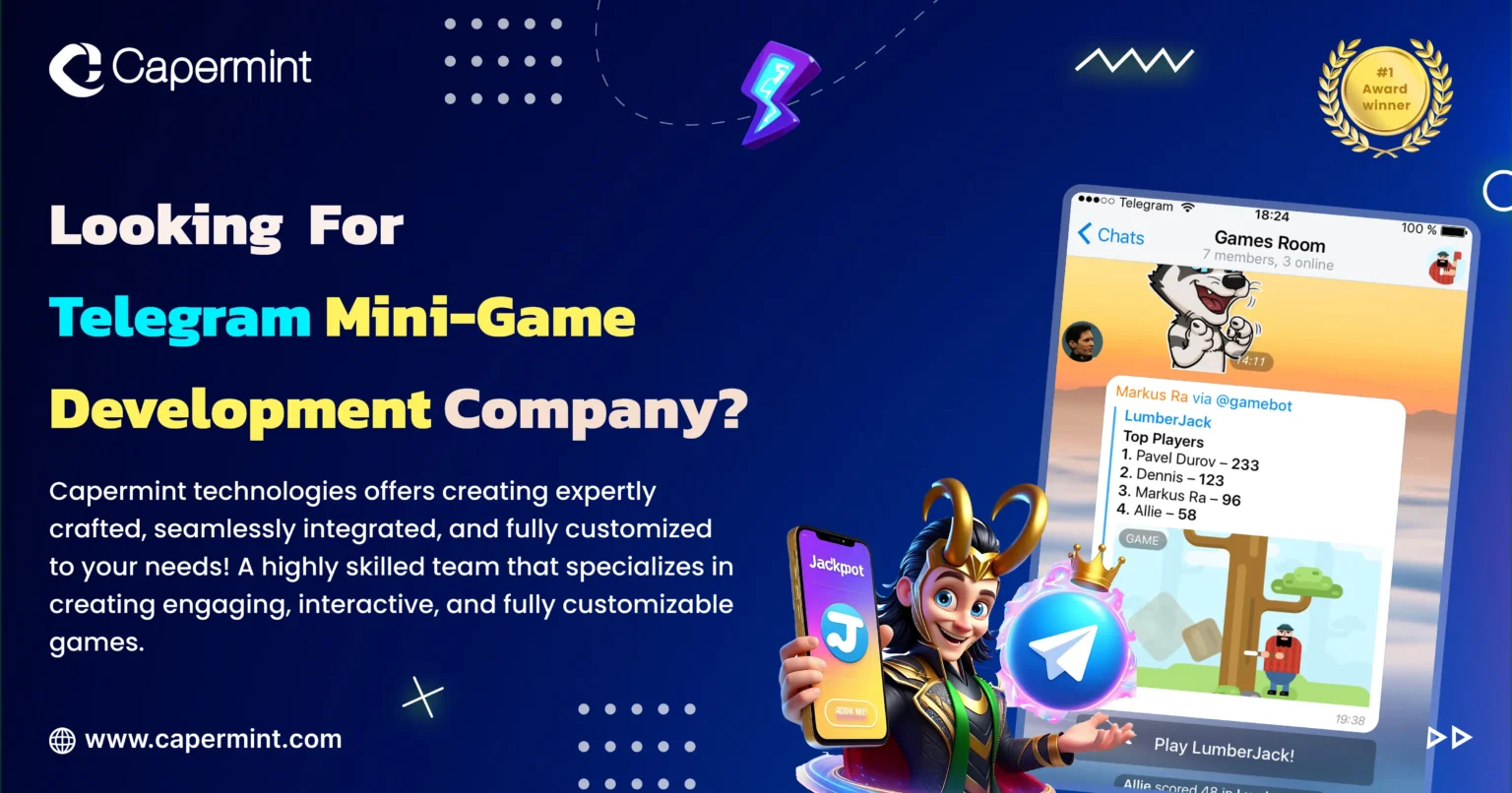
Choosing the right development partner is crucial for successfully launching a Telegram mini-game.
Capermint Technologies stands out as a leading choice for several compelling reasons:
1. Expertise in Mobile and Web Technologies
Capermint Technologies possesses deep expertise in the core technologies required for Telegram mini-game development, including HTML5, CSS, and JavaScript. Their team of developers is well-versed in creating games that are optimized for performance and compatibility across all devices and platforms, ensuring a seamless gaming experience within the Telegram app.
2. Experienced Game Development Team
Capermint has a dedicated team of game developers who specialize in both the creative and technical aspects of game development. This team has a proven track record of delivering engaging and visually appealing games, with a keen understanding of game mechanics, user experience (UX), and player engagement strategies.
3. Comprehensive Development Services
From initial concept and game design to prototyping, testing, and final deployment, Capermint provides end-to-end game development services. This comprehensive approach ensures that all aspects of the game development process are tightly integrated and managed under one roof, which enhances efficiency and reduces the time to market.
4. Proven Track Record in Game Publishing
Capermint Technologies is not just about development; they also have significant experience in game publishing and marketing. They understand the nuances of promoting games within the Telegram ecosystem and can leverage this expertise to increase visibility and user acquisition for your mini-game.
5. Commitment to Quality and Innovation
Capermint Technologies is committed to delivering high-quality gaming solutions that incorporate the latest technological advancements. Their focus on innovation is evident in their adoption of new trends like Web3 integration, which can add unique elements such as blockchain-based rewards and NFTs to your Telegram mini-game.
6. Cost-Effective Solutions
Understanding the budget constraints of their clients, Capermint offers cost-effective game development solutions without compromising on quality. They provide transparent pricing models and flexible engagement terms that can be tailored to meet the specific needs and budget of each client.
7. Excellent Customer Support and Maintenance
Post-launch support is critical to the success of any game. Capermint provides excellent ongoing support and maintenance services to ensure your game continues to perform well after its initial release. Whether it’s bug fixes, updates, or new feature additions, their team is always ready to assist.
8. Agile Development Methodology
Capermint employs an agile development methodology that allows for rapid iteration based on user feedback. This approach ensures that the game can quickly adapt to user preferences and market trends, vital for maintaining player interest and engagement over time.
Conclusion
Telegram mini-games offer a powerful platform for developers to create engaging, easy-to-access games. By leveraging HTML5, JavaScript, Telegram’s Game Bot API, and Web3 technologies, developers can build interactive, social, and monetizable experiences.
As the demand for decentralized gaming grows, the future of Telegram mini-games is promising, with endless possibilities for creative and engaging gameplay.
Choosing Capermint Technologies for Telegram mini-game development means partnering with a leader in digital innovation who understands the dynamics of game success on messaging platforms. With Capermint, you gain access to a full spectrum of game development expertise, dedicated support, and the assurance of quality and performance that will delight your players and exceed your business objectives.

